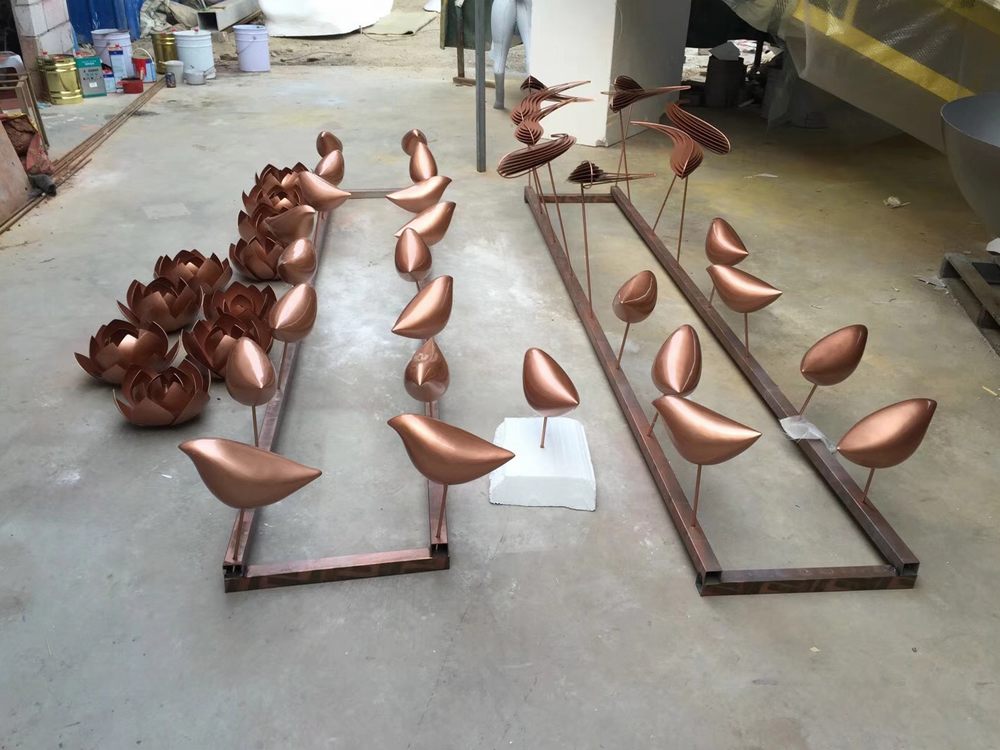
Stone sculpture is a timeless art form, but the techniques used to create these masterpieces vary significantly. Two primary methods dominate the field: direct carving and modeling. Understanding their differences is essential for artists and enthusiasts alike.
Direct Carving involves working directly on the stone with chisels, hammers, and other tools. The artist removes material gradually, shaping the sculpture through a subtractive process. This method requires precision, as mistakes are difficult to correct. Direct carving emphasizes the natural qualities of the stone, often resulting in bold, textured finishes. Famous practitioners like Michelangelo favored this approach for its raw, organic feel.
Modeling, on the other hand, is an additive process. Artists typically begin with clay or wax to create a prototype, which is then cast into stone using techniques like pointing or 3D scanning. Modeling allows for greater flexibility and revision, making it ideal for intricate designs. This method is often used for detailed figurative work or when multiple copies of a sculpture are needed.
Key differences include:
1. Process: Direct carving is subtractive; modeling is additive.
2. Flexibility: Modeling allows for changes; direct carving is more rigid.
3. Outcome: Direct carving highlights stone’s natural texture; modeling achieves finer details.
4. Tools: Chisels vs. clay tools.
Choosing between these techniques depends on the artist’s vision, the stone’s properties, and the desired final product. Both methods offer unique expressive possibilities, enriching the world of stone sculpture.

